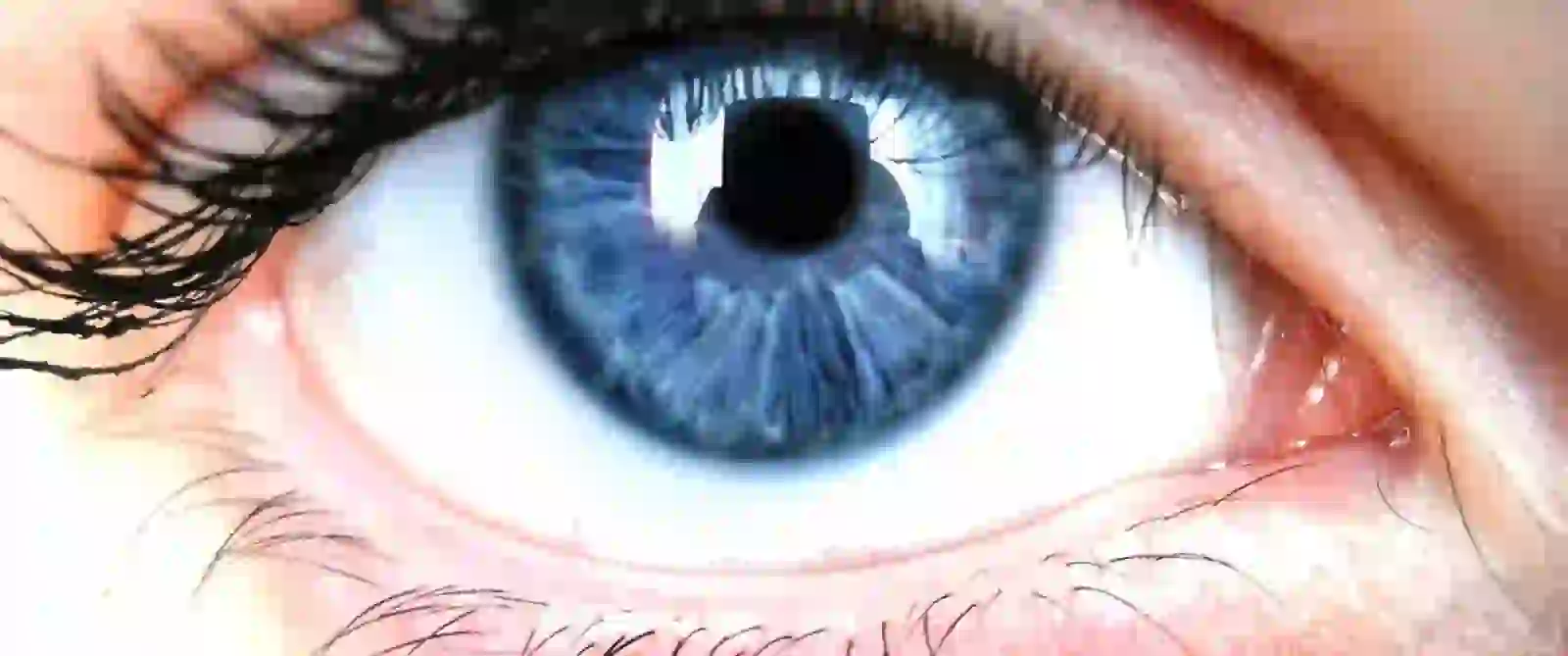Everyone is different and so is their eye colour. But who decides what colour you would acquire on birth? Answer might not be that straightforward as there are several accounting factors. These are some of the aspects observed among people with different coloured eyes. Let’s have a look. 1) Colour of your Iris The distribution of a pigment called ‘melanin’ gives iris its colour. It is developed during first few months after birth and determines how dark eyes will become. The less melanin expressed in the iris, the lighter a person’s eyes look, and vice versa. 2) Responsible Genes There are two specific genes which are present in human Chromosome 15 which affect the eye colour – OCA2 and HERC2. 3) Condition of different coloured eyes This happens when distribution of pigment ‘melanin’ is not uniform and this condition is known as. For example, in state of complete heterochromia, one eye would be blue and another one would be brown. 4) Risk of Cataracts The risk of having Cataracts is found to be more in Dark-Eyed People. This was observed in a research study where people with dark coloured eyes had had 1.5 to 2.5 more chances of getting Cataracts. 5) Macular Degeneration’s Possibility A study showed how people with Light-Coloured Eyes are observed to be facing age-related macular degeneration which is one of the most common causes of vision loss after age of 50. 6) Condition of Vitiligo & Melanoma Vitiligo is a disease which causes loss of skin colour in blotches and it’s less common in Blue-eyed people. During a research, it was found that only 27% in the tested patients of Vitiligo were blue-eyed. Then there is disease of Melanoma occurs when the pigment-producing cells that give colour to the skin become cancerous. It has been found in large numbers in Blue-eyed people. These are some studies which show how different eye colours affect people. With the advances in the science of genetics in future, more concrete details will spring up to fortify these claims.





